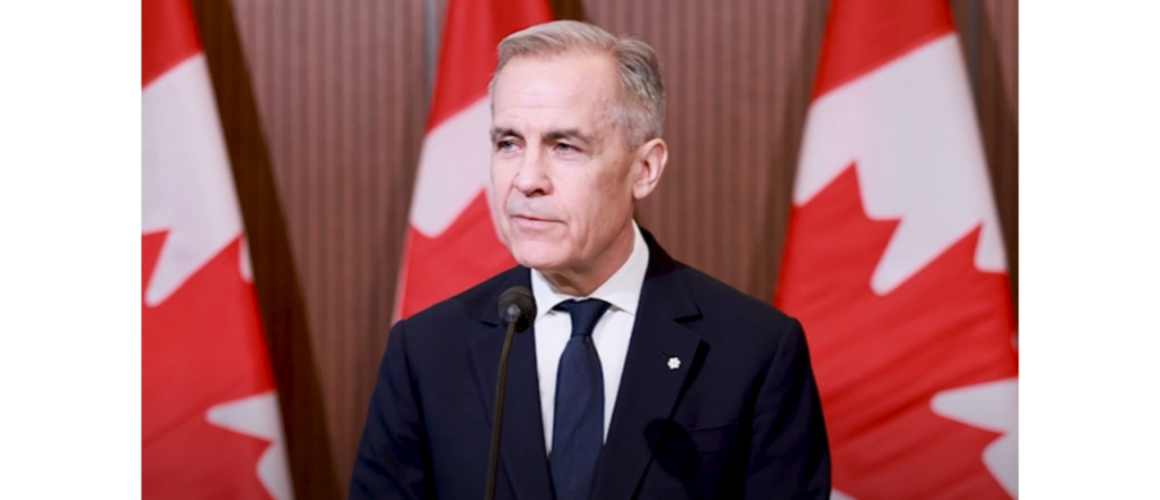Redrawing the Political Map — How Mark Carney Engineered a Liberal Comeback in 2025

Few predicted it. Most pollsters placed the Liberals in third place just weeks before the 2025 federal election. But on April 28, Mark Carney led the Liberal Party to an unexpected fourth term—defying trends, winning over skeptics, and reshaping the political map of Canada in the process.
A Surprise Victory Against the Odds
Carney’s entry into politics was relatively late, yet his credentials were unmatched. As a former Governor of the Bank of Canada and Bank of England, he brought economic gravitas. Still, few believed that would translate into voter enthusiasm. The Conservatives under Pierre Poilievre were surging, and the Liberals were weighed down by nearly a decade of incumbency fatigue.
But Carney didn’t try to be Trudeau 2.0. He ran as a technocrat, a fiscal realist with global credibility and national ambition. His message was simple but effective: stability, strategic growth, and a reassertion of Canadian sovereignty in the face of global uncertainty—especially with Donald Trump re-entering U.S. politics.
Where the Votes Shifted
Electoral analysis shows that Carney’s Liberals gained ground in unexpected places. Suburban ridings in Ontario, thought to be swinging right, returned to red. Atlantic Canada remained solidly Liberal. But most notably, Liberals flipped four Conservative-held ridings in Alberta—a feat not seen in nearly two decades.
These shifts were not simply about charisma—they were about message targeting. Carney’s campaign focused on affordability and national resilience, key concerns for middle-class voters. His decision to repeal the carbon tax while maintaining climate goals allowed the Liberals to split the Conservative wedge issue in half.
The Collapse of Rivals Helped, But Wasn’t the Full Story
The New Democratic Party’s meltdown under Jagmeet Singh was part of the story. Many progressive voters saw Carney as a pragmatic alternative—one who could actually govern and keep climate policy alive. With Singh losing his seat and the NDP returning only 9 MPs, strategic voting reasserted itself as a powerful force.
But it wasn’t just the NDP. The Conservatives also made critical missteps. Their platform was strong on affordability but weak on healthcare and climate—two areas where Carney, with his global policy background, shined. Meanwhile, Poilievre’s aggressive style alienated centrists, especially women and urban voters.
Carney’s Coalition: A New Liberal Base?
Perhaps the most fascinating outcome is the kind of coalition Carney built. His support skews slightly older than Trudeau’s, more fiscally conservative, and more urban-professional. His message appealed to voters who wanted policy over politics, expertise over slogans. It’s not the same Liberal base—but it might be the future one.
Carney also performed well among immigrants, especially those in financial, healthcare, and engineering sectors—groups who appreciated his technocratic polish and policy clarity. “He speaks our language,” said one Mississauga voter interviewed by CTV News.
What Comes Next?
While Carney now governs with a minority—169 seats, just shy of the 172 needed for a majority—his mandate is strong. He’s promised collaboration, not confrontation, with Parliament. The Liberals are expected to introduce legislation on housing, foreign policy independence, healthcare staffing, and infrastructure in their first 100 days.
His challenge will be balancing bold reforms with parliamentary arithmetic. Working with the Greens or Bloc may become the norm, as the NDP lacks the numbers to be a reliable partner anymore.
Conclusion: A Political Legacy Begins
Mark Carney’s victory marks the beginning of a new era for the Liberal Party—one grounded in expertise, cautious optimism, and geopolitical awareness. Whether he can maintain momentum through a minority parliament remains to be seen, but his unexpected triumph proves one thing: Canadians still value competence—and in 2025, they voted for it.